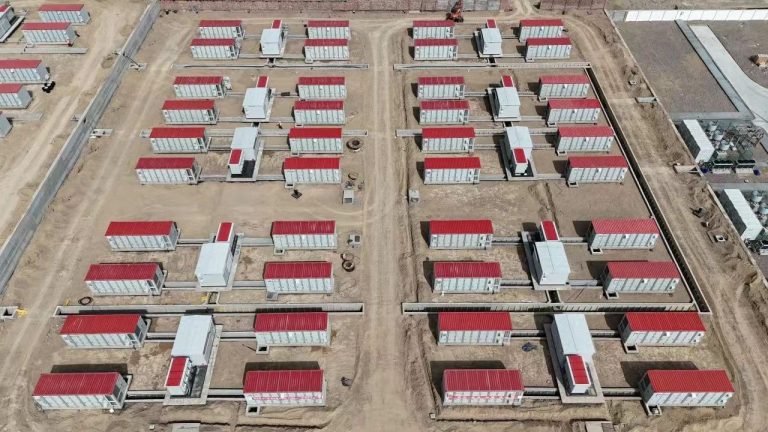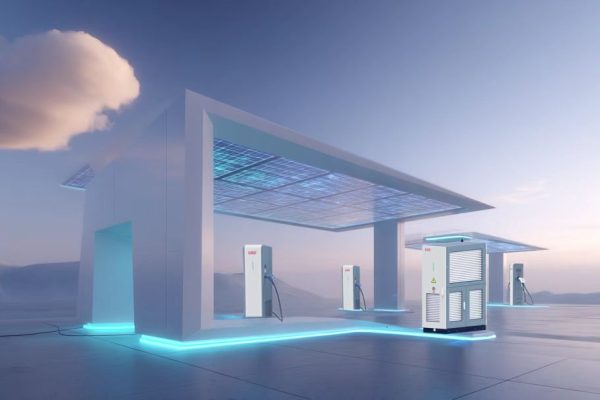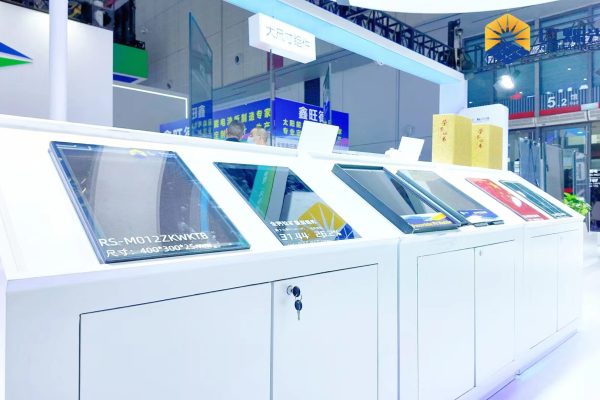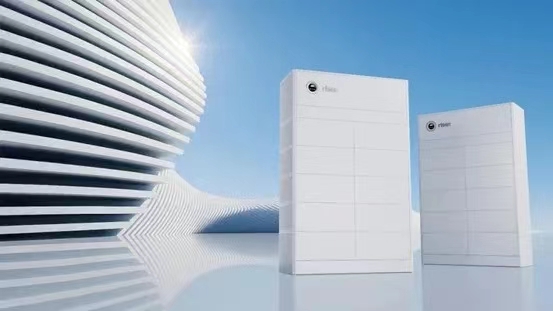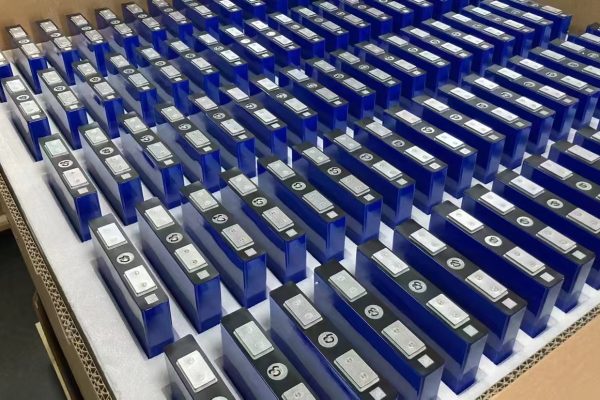How to Design Smart, Flexible Energy Systems for Modern Homes
1. Introduction
As electric vehicles (EVs) continue to gain popularity, homeowners are increasingly looking to integrate EV charging with their residential solar and battery systems. Instead of treating EV chargers as standalone devices, combining them with a home energy storage system (ESS) offers a smarter, more efficient way to manage power use, reduce electricity bills, and increase energy independence.
This article explores how to properly integrate EV charging into a residential battery system, including hardware selection, layout considerations, and value-added strategies for trade partners supporting these solutions.
2. Why Combine EV Charging with Home Storage?
EVs are now the largest single load in many modern homes, with daily charging demand ranging from 5–30 kWh. Without proper integration:
- EV charging may overload the system
- Solar power might be underutilized
- Grid reliance and peak tariffs remain high
Adding energy storage into the mix allows:
- Solar-to-EV charging during the day
- Stored power for night-time charging
- Peak shaving and load shifting to avoid high electricity costs
- Increased grid independence and energy self-consumption
3. Typical System Architecture
Here’s how a PV + ESS + EV system is typically structured:
🔋 System Components:
- Hybrid inverter (controls PV and battery)
- Battery pack (usually 10–20 kWh)
- AC or DC EV charger
- EMS or smart controller
- Optional grid meter or CTs for energy flow monitoring
🔌 Wiring Configurations:
- AC-coupled EV charger connected on same phase/load as hybrid inverter
- DC-coupled EV charger (less common) integrated into inverter
- Smart EV chargers may support load balancing, solar priority charging, or scheduled charging
💡 Tip: The EV charger should be coordinated with inverter control logic to avoid overloads or conflict.
4. Key Considerations for System Integration
✅ 1. Inverter Compatibility
Most residential systems use hybrid inverters (5kW–10kW) with battery integration. For EV charging integration:
- Ensure inverter can manage dynamic loads
- Check if the brand offers smart EV charger options or integrated EMS
- Confirm it allows external device control or communication (via Modbus, RS485, or WiFi)
✅ 2. Battery Sizing for EV Use
An average EV charge may consume 7–15kWh. If the homeowner wants to charge from the battery:
- Recommend at least 15–20kWh of battery capacity
- Ensure sufficient charge/discharge power (typically 5kW+)
- Consider adding load control logic to prioritize EV charging when SOC is high
✅ 3. Smart Charging Features
Modern smart chargers support:
- Solar-only charging mode
- Scheduled charging (e.g. off-peak hours)
- Load balancing (avoids tripping breaker if EV + AC run simultaneously)
- Integration with home EMS for optimized control
If the inverter and EV charger are from the same brand (e.g. GoodWe, Growatt, Huawei), communication and control will likely be smoother.
✅ 4. Grid Interaction and Peak Shaving
In regions with time-of-use pricing or limited grid capacity:
- Battery can store solar power during the day
- EV can be charged during peak hours without grid draw
- EMS can prevent overloading by balancing EV load with household demand
This setup allows homeowners to reduce energy bills while charging their EV more sustainably.
5. Example Use Case
🏡 Scenario: Suburban Home with EV
- PV system: 7kW rooftop solar
- Battery: 15kWh Li-ion
- Hybrid inverter: 5kW, single-phase
- EV charger: 7kW AC smart charger (WiFi-connected)
- Goals: Maximize solar usage, charge EV in evening, reduce grid reliance
🛠️ Recommended Setup:
- Use solar-first EV charging during sunny hours
- Schedule night-time EV charging from battery when SOC > 70%
- Enable zero export control if required
- Monitor all devices from unified mobile app
6. What Can Technical Trade Partners Offer?
Even without manufacturing inverters or chargers, a technical trade partner can add huge value:
- ✅ Recommend compatible EV chargers with specific inverter brands
- ✅ Help size batteries correctly for EV use
- ✅ Provide wiring diagrams and layout suggestions
- ✅ Bundle inverter + charger + battery in one shipment
- ✅ Pre-test key settings or EMS logic before shipping
These services reduce setup time for the installer and help avoid expensive mistakes, winning you long-term trust.
7. Recently Published Articles You May Like
- 👉 How to Select a Storage Inverter for Small-Scale Projects
- 👉 How to Build Trust as a Non-R&D Technical Partner
- 👉 PV System Design Considerations When Adding Storage
8. Conclusion
As EV ownership continues to rise, smart integration with residential solar + storage systems is no longer optional—it’s the new standard. With the right planning, homeowners can enjoy cost savings, energy security, and a better carbon footprint.
As a trade partner, your ability to recommend compatible products, simplify system planning, and respond quickly to integration questions will set you apart—even if you don’t manufacture anything yourself.





